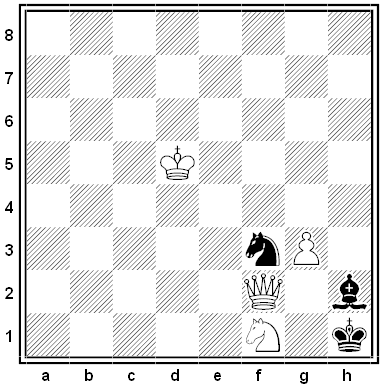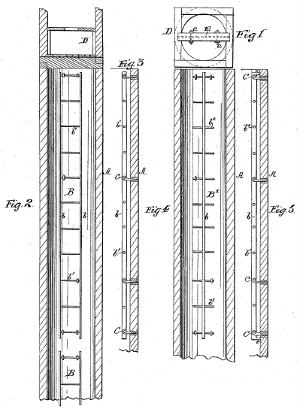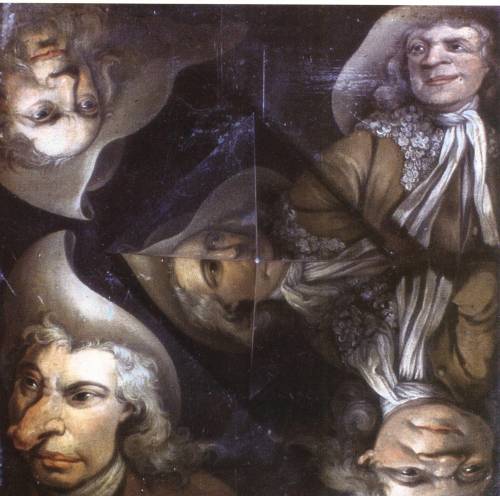On Nov. 29, 1970, on a remote hiking trail in Norway’s Isdalen Valley, a university professor and his two daughters discovered the body of a woman lying in a burned-out campfire. In the grass around her were a dozen pink sleeping pills, a packed lunch, an empty quart bottle of liqueur, and two plastic bottles that smelled of gasoline. She had died from a combination of burns and carbon monoxide poisoning, and an autopsy showed traces of at least 50 sleeping pills in her body. Her neck bore a bruise, possibly the result of a blow.
In the ensuing investigation, Bergen police found that the woman had visited the city three times between March and November that year. On the last visit she had checked into the Hotel Rosenkrantz for one day, then moved to the Hotel Holberg, where she had remained in her room and seemed watchful. On Nov. 23 she paid cash for the room and asked the receptionist to call a taxi for her. Her body was found six days later.
Her identity was an insoluble puzzle. She had checked into the Holberg as a Belgian named Elisabeth Leenhower, but police discovered that she had maintained at least nine different identities and spoke German, English, Dutch, and French, all with an indistinct accent. She had left two suitcases in a locker at the train station, but all identifying information had been removed: The labels had been cut out of her clothes, and even the name tag of a bottle of cream had been scraped away. Sketches of the woman were circulated throughout Norway, but no one knew her.
After interviewing 100 people in a three-week investigation, the police formally ruled her death a suicide. On Feb. 5, 1971, a procession of 18 officers bore her to the cemetery where she lies today. Her identity has never been discovered.
See The Somerton Man.






